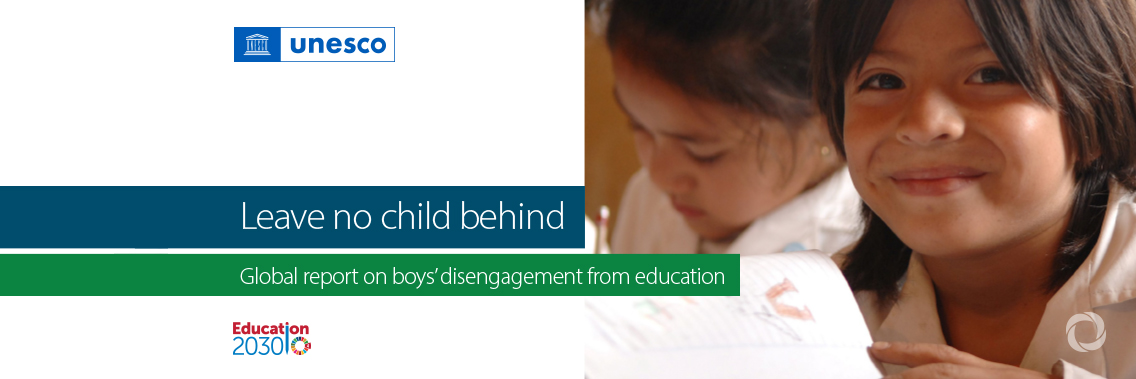Globally only 88 men are enrolled in tertiary education for every 100 women. In 73 countries, fewer boys than girls are enrolled in upper-secondary education, while the opposite is the case in 48 countries. These UNESCO data highlight a global phenomenon: child labor and poverty, among other factors, prevent boys from engaging fully with learning and contribute to repetition and dropout.
In all regions except sub-Saharan Africa, young men are underrepresented in higher education. This is particularly acute in North America, Western Europe, Latin America, and the Caribbean, where 81 young men for every 100 young women are enrolled in tertiary education. In East Asia and the Pacific, the equivalent is 87, while in the Arab States and Central and Eastern Europe region, it is 91.
More boys are currently out of school than girls. How do we ensure both boys and girls get the education they deserve?
Check out @UNESCO’s new global report on boys’ disengagement from education https://t.co/08Y5X2pdGA pic.twitter.com/Zk9X15AIo4
— UNESCO 🏛️ #Education #Sciences #Culture 🇺🇳😷 (@UNESCO) April 7, 2022
Of the 160 million children engaged in labor activity in 2020, 97 million were boys. One of the main reasons is the lack of a protective legal framework. Of 146 countries with data, only 55 have a minimum age of employment aligned with the end of the countries’ stipulated years of compulsory education and above the age of 15, while 31 percent have a minimum age for employment below the age of 15 or do not clearly define a minimum age.
”Poverty and child labor can lead boys to drop out. To prevent this, it is urgent that States align the minimum age of employment with the end of compulsory education”, Audrey Azoulay- UNESCO Director-General.
In some countries, the signs that boys are falling behind in education already appear at the end of the first level. In 57 countries with data, boys aged 10 performed worse than girls in mastering reading skills, and adolescent boys continued to lag behind girls in reading skills at the secondary level. This trend is seen across East Asia and the Pacific, Latin America and the Caribbean, and the Arab States, which show some of the highest risks of boys dropping out of school.
The UNESCO report also reveals that only a few programs and initiatives address the phenomenon of boys’ disengagement from education. It provides a set of concrete recommendations to prevent boys’ dropouts, makes learning safe and inclusive, invests in better data and evidence, builds and finances equitable education systems, and promotes integrated and coordinated approaches to improve education for all learners.

